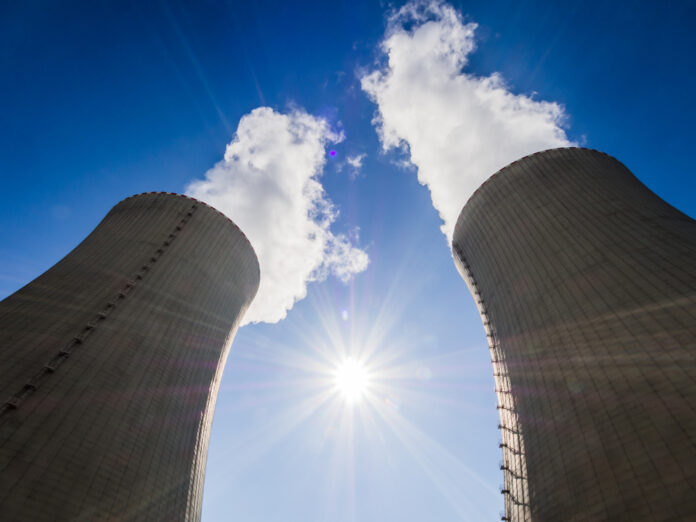The government is eyeing at least 2,400 megawatts (MW) from nuclear power companies seen operational by 2035.
In a parallel development, the privately-proposed gas aggregation program is also seen to keep liquefied natural gas-fed power plant output affordable, according to the Department of Energy (DOE).
Michael Sinocruz, director at DOE’s Energy Policy and Planning Bureau, at the online forum hosted by the German-Philippine Chamber of Commerce and Industry, said 1,200 MW worth of nuclear power from modular reactors are seen running by 2032 and an equal number from a large nuclear power plant in Luzon by 2035. These are proposed projects under the Philippine Energy Plan 2030 to 2050.
But Sinocruz said these not firm numbers unless the law establish an independent nuclear regulatory body is passed by the Congress.
“We are running our numbers in terms of reliability and cost. Right now, we don’t have a fixed number in terms of (nuclear) capacity. We will have a firm capacity included in the mix in the succeeding Philippine energy plan once we have a law establishing an independent atomic energy regulatory commission which is still pending in the Congress now,” he said.
According to him, the government has not yet abandoned the rehabilitation of the Bataan Nuclear Power Plant which needs a determination on whether it can be revived at a reasonable cost.
The DOE said there are several proposals on just such an inquiry.
Also, the DOE said the proposed gas aggregation strategy of Prime Infrastructure Capital Inc. and First Gen Corp. could help cushion the impact of a surge in the price of LNG brought about by the Ukraine-Russia war.
“That’s what we are trying to prevent from happening in terms of spikes in the price of imported LNG. The plan is to blend lower-priced Malampaya natural gas with imported LNG so that we can soften the impact or the volatility of imported LNG,” Energy Secretary Raphael Lotilla said on Tuesday.
“By 2026 or 2025, if we are lucky, there will be more LNG supply coming on stream globally and therefore the expectation is that the price of LNG will soften as well,” Lotilla said.
Prime Infra and First Gen are in discussions to develop a gas aggregation framework making it possible to blend currently declining volumes of indigenous Malampaya gas with imported LNG.
The framework is seen providing the lowest cost possible for consumers while also complementing the ongoing commercial development of new indigenous natural gas fields.
Lotilla had said imported LNG is also needed given the gestation period required in developing local alternative gas fields securing the fuel requirements of local LNG-fired power plants.







